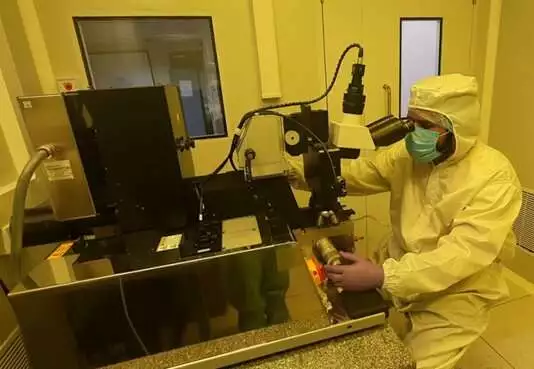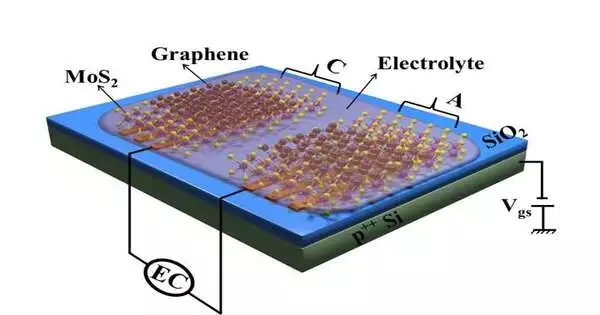A novel ultramicro supercapacitor, a tiny device capable of storing a tremendous amount of electric charge, has been developed by researchers at the Department of Instrumentation and Applied Physics (IAP) at the Indian Institute of Science (IISc). It can potentially be used in a wide range of devices, including streetlights, consumer electronics, electric cars, and medical devices. It is also significantly smaller and more compact than current supercapacitors.
Currently, batteries are used to power the majority of these devices. But these batteries only have a short shelf life because, over time, they lose their capacity to hold a charge. On the other hand, because of the way they are made, capacitors can store electrical charge for a much longer period of time. For instance, a 5-volt capacitor will continue to function at the same voltage even after ten years. However, they cannot constantly release energy like batteries can, for example, to power a mobile phone.
The best of both batteries and capacitors are combined in supercapacitors, which are highly sought after for use in the next generation of electronic devices because they can store and release large amounts of energy.
“The use of FETs as supercapacitor electrodes is novel for tuning charge in a capacitor. The design is crucial since you are merging two systems.”
Abha Misra, Professor at IAP and corresponding author of the study.
In contrast to conventional capacitors, which use metallic electrodes as the charge collectors, the researchers in the current study, which was published in ACS Energy Letters, constructed their supercapacitor using Field Effect Transistors, or FETs. “Using FET as an electrode for supercapacitors is something new for tuning charge in a capacitor,” explains Abha Misra, professor at IAP and the study’s corresponding author.

By Vinod Panwar, device fabrication in a cleanroom. Credit: Pragya Sharma
Electrodes made of metal oxide are frequently used in current capacitors, but their poor electron mobility places restrictions on their performance. To increase electron mobility, Misra and her team created hybrid FETs by layering graphene and molybdenum disulfide alternately, which are then connected to gold contacts. A solid-state supercapacitor is created by sandwiching two FET electrodes together with a solid gel electrolyte. A silicon dioxide or silicon base serves as the foundation for the entire structure.
Since two systems must be integrated, the design is crucial, according to Misra. The gel electrolyte, an ionic medium, and the two FET electrodes, which have different charge capacities, make up the two systems. Vinod Panwar is a Ph.D. One of the lead authors and a student at IAP also note that it was difficult to fabricate the device in a way that achieved all the necessary ideal transistor characteristics. These supercapacitors are so tiny that they cannot be seen without a microscope, and making them requires extreme accuracy and hand-eye coordination.
The electrochemical capacitance, or charge-holding capacity, of the supercapacitor was measured by the researchers after it was constructed using various voltages. They discovered that the capacitance rose by three times its original value in specific circumstances. However, under the same conditions, the capacitance of a capacitor containing only MoS2 and no graphene increased by only 18%.
In the future, the researchers plan to explore if replacing MoS2 with other materials can increase the capacitance of their supercapacitor even more. They add that their supercapacitor is fully operational and can be used in any miniaturized system or energy storage unit, such as the batteries in electric cars. The supercapacitor will also be the subject of a patent application.
More information: Vinod Panwar et al, Gate Field Induced Extraordinary Energy Storage in MoS2-Graphene-Based Ultramicro-Electrochemical Capacitor, ACS Energy Letters (2023). DOI: 10.1021/acsenergylett.2c02476





